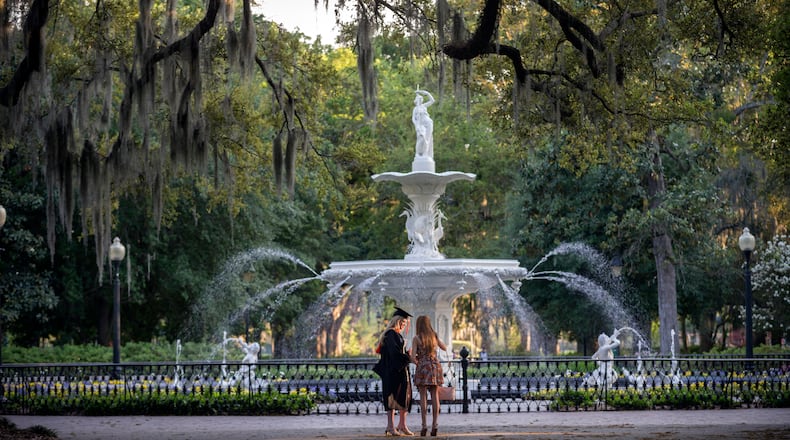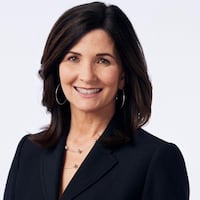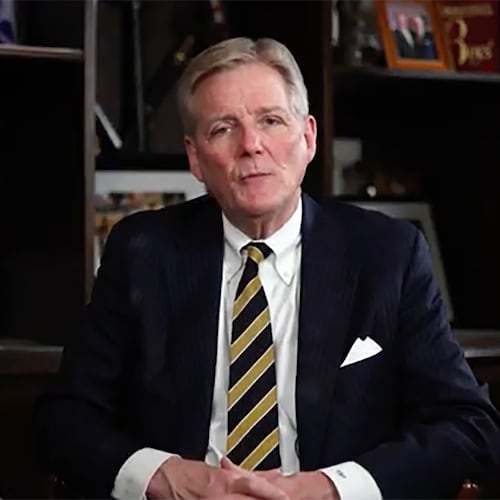Some of my earliest and best childhood memories involve road trips through Georgia.
We’d drive from Atlanta to the coast every summer in the Murphy woody station wagon, my sisters and I fighting over the middle seat and cranking the windows up and down like construction workers hauling supplies on a pulley.
Riding along I-16 as a child, I used to think that there wasn’t much of anything to see between Atlanta and the beach. But that was just the view from the interstate.
The real Georgia came alive beyond the roadside pine trees in the cities and towns that dotted the state. I’ve returned to many of them over the years in my role as a journalist covering politics.
And I’ll try to see those and more for a project I’m starting today for The Atlanta Journal-Constitution: a “Georgia Politics Road Trip.”
I’ll hit the coast and the mountains, the farms and the ‘burbs. I’ll talk to the activists, the metro mayors, the Little League moms and the members of Congress — all the people who can tell the story of where Georgia politics are today and where they’re headed in the future.
It’s meant to get past the talking points and press releases and into the real dynamics driving Georgia politics.
In the days when my family first drove to St. Simons Island for vacation, Georgia’s most powerful (and mostly white) politicians came from towns such as Plains and Bremen and Perry and Young Harris, while Black leaders’ power largely remained limited to cities.
The state’s county unit system had given Georgia’s rural areas their outsized clout. But even after it ended, leaders such as Jimmy Carter, Sam Nunn, Zell Miller and former state House Speaker Tom Murphy kept Georgia’s small towns on the political map.
Carter and Nunn are still alive, with nonprofits still active on the issues they championed. Miller, Murphy and many of their contemporaries have died. Along with them, the Georgia they ruled seems to have largely passed on, too, with the state transformed from its politics to its people and everything in between.
Politically, the state has undergone an entire realignment from the days of Democratic dominance of the 20th century to near-complete Republican control up and down the ballot by the mid-2000s.
Now it’s rural Republicans, not Democrats, who hold the power in the General Assembly.
And the 2020 elections marked the statewide return of Democrats at the top of the ticket, with a Joe Biden win for president, along with Raphael Warnock and Jon Ossoff taking the state’s two U.S. Senate seats for Democrats for the first time since Sam Nunn and Wyche Fowler held the seats simultaneously in 1992.
The shift in the state’s political dynamics coincided with new people moving to Georgia, too.
Between 1970 and 2019, Georgia’s population more than doubled, from 4.6 million to 10.7 million in 2020. And it’s added 1 million people in the past 10 years alone.
The population in Georgia isn’t just new, it’s also different.
In 1970, census figures showed Georgia was 74% white and 26% Black and, incredibly, that was the extent of the state’s diversity.
Asian Americans accounted for 0.1% of the population in 1970, while Latinos and all other races made up less than 0.1% of the people living in the state.
By 2019, census figures showed white Georgians made up just 51.8% of the population, while Georgia was 31.9% Black, 5.9% Hispanic and 4.1% of Asian descent.
But those details are just numbers. The real story of Georgia’s changes are in the people and places that are booming or shriveling at a pace that’s hard to evoke with just maps and data and percent signs.
In Atlanta, corporate transplants and new immigrant populations are changing Georgia’s politics as fast as they’re changing their own communities, too.
But change is happening everywhere in the state.
- The port and warehouses in Savannah, primed by federal investment, are transforming the local economy (and local politics) by luring new companies and industries to the area;
- A new generation of Georgia activists has made voting the national civil rights issue of their time;
- Increased crime has touched nearly every city in the state;
- Climate change is threatening agriculture inland and ecology and tourism on the coast;
- Shrinking populations in towns south of the “gnat line” could shrink the power base of Republicans throughout the state, too.
I’ll be reporting on all those dynamics, the state’s polarized politics and the stories we can’t really know without going on the road to find them.
I’m starting my road trip this week in Savannah, Pooler and Garden City. I’ll report back in my Sunday column and schedule more legs from there.
All food, lodging, and local legend recommendations from the AJC’s intrepid readers are welcome. Send them my way at patricia.murphy@ajc.com.
And I’ll see you down the road.
This article is the first installment of the AJC’s Georgia Politics Road Trip series, reporting from the road on the politics throughout the state.
About the Author
Keep Reading
The Latest
Featured




